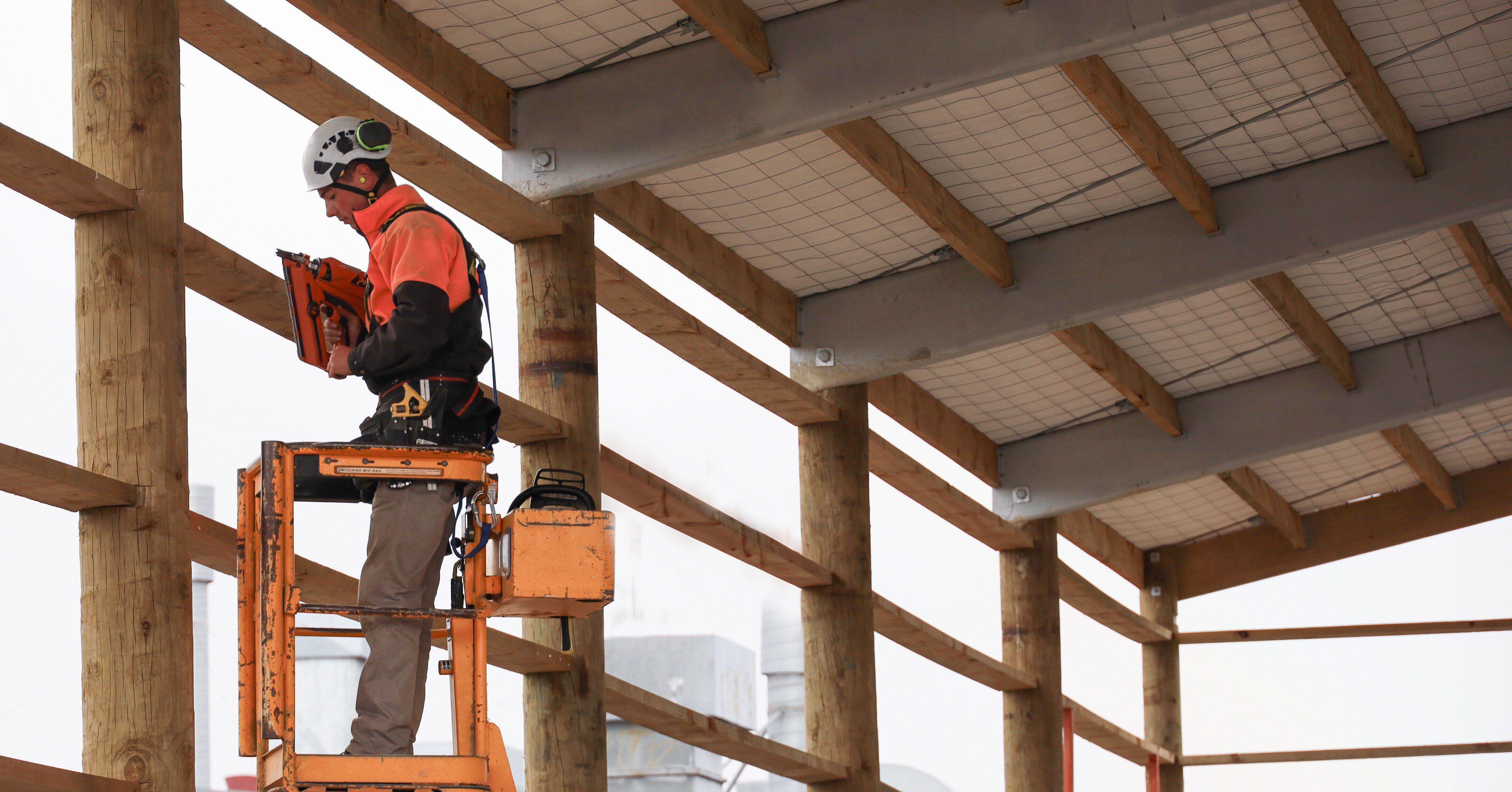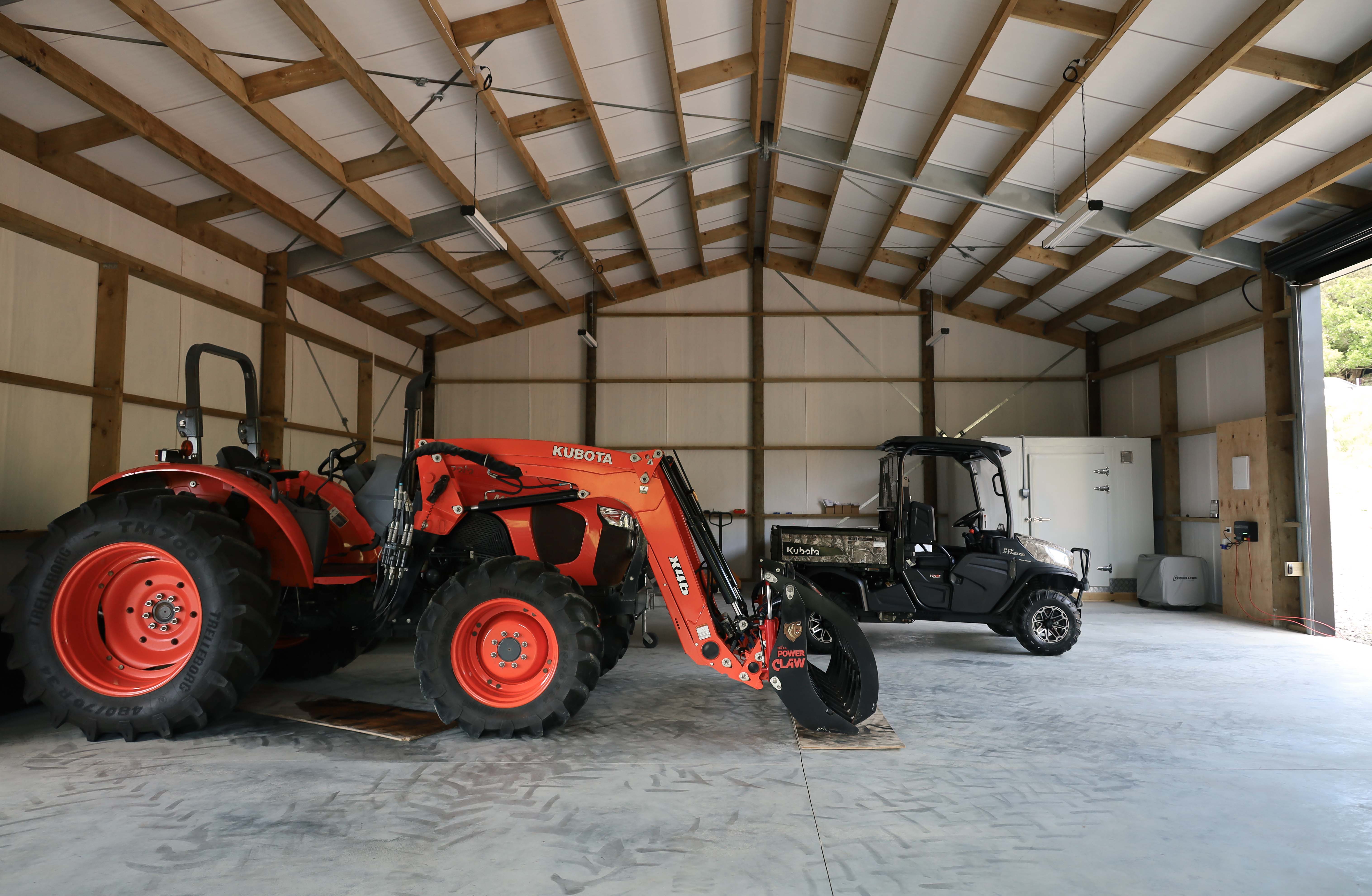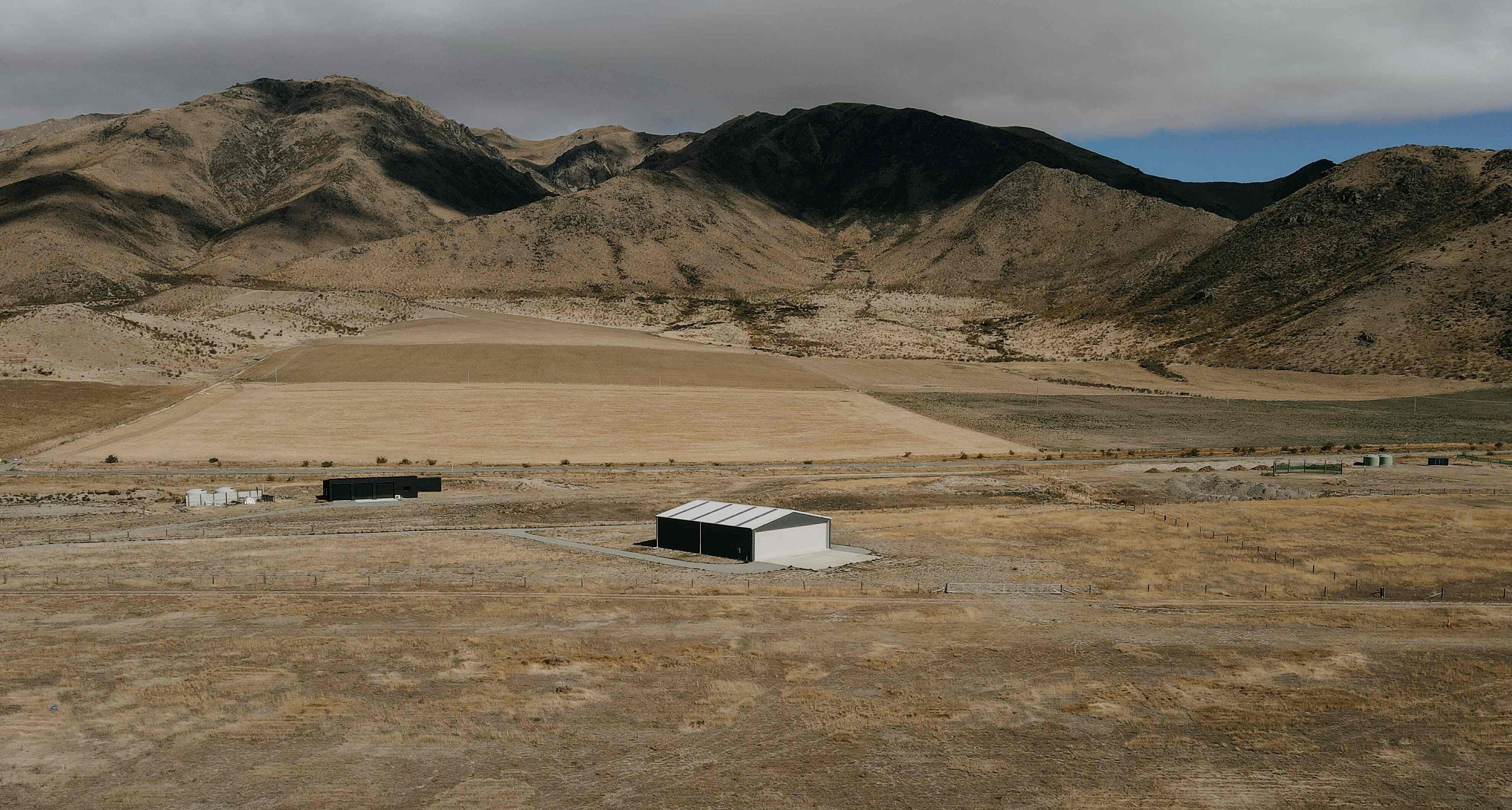 A shed isn’t just a shelter—it’s an investment. Whether you’re using it as a workspace or a storage area, proper insulation helps maintain a stable temperature, reduces energy costs, and improves comfort.
A shed isn’t just a shelter—it’s an investment. Whether you’re using it as a workspace or a storage area, proper insulation helps maintain a stable temperature, reduces energy costs, and improves comfort.
Insulating your shed is a crucial step if you want to extend its usability throughout winter months, especially in the colder southern regions. Not all insulation methods are equal, though. In this blog, we'll explore three popular methods for insulating sheds: spray foam, insulated panels, and batts. Each method has its advantages and considerations, so let's dive into the details to help you choose the best option for your shed.
EXPLORE:
Spray Foam Insulation

What is Spray Foam Insulation?
Spray foam insulation consists of a mixture of chemicals that when sprayed, expand and harden into a foam that fills gaps and voids. This method provides both thermal insulation and an air barrier, making it an excellent choice for sheds that require comprehensive coverage.
Advantages
- Superior Air Sealant: Spray foam expands on application, filling even the smallest gaps and cracks. This makes it highly effective at preventing drafts and air leaks, which can be particularly useful in sheds where airtightness is a concern.
- High R-Value: Spray foam offers a high R-value per inch of thickness, which translates to better thermal resistance. This means your shed will stay warmer in the winter and cooler in the summer.
- Speed: Spray foam is very fast to apply. As the name suggests, foam is sprayed onto the surface with a hose meaning that a large surface area can be covered quickly.
- Longevity: Once cured, spray foam is durable and long-lasting, providing effective insulation for years to come.
Disadvantages
- Cost: Spray foam is generally more expensive than other insulation methods. The cost includes both the material and professional installation, as applying spray foam requires specialised equipment.
- Aesthetics: Since this insulation is sprayed on, it can be lumpy and uneven which can lead to a surface that isn't aesthetically pleasing. One way around this is to line the internal walls with plywood or something similar so the foam is hidden.
- Removal: If you ever need to remove or replace spray foam insulation, it can be challenging and messy.
Insulated Panels
What are Insulated Panels?
Insulated panels are prefabricated panels that combine an insulating core with a structural surface, often made from materials like polyurethane or polystyrene. These panels are designed to be installed in sections, creating a continuous layer of insulation.
Advantages
- Consistent Insulation: The pre-fabricated nature of these panels ensures consistent insulation performance across the entire shed, with fewer gaps and seams.
- Durability: Panels are robust and resistant to impact, moisture, and pests. This makes them a durable choice for both internal and external applications.
- Energy Efficiency: Insulated panels can provide a high R-value, similar to spray foam, which helps in maintaining energy efficiency.
- Aesthetics: As these panels have a flat surface and are continuous, they look clean and tidy.
Disadvantages
- Cost: Insulated panels can be pricey, particularly if you opt for higher-performance materials or custom sizes.
- Design Constraints: Panels are typically designed for specific applications, so you may need to carefully measure and plan to ensure a proper fit in your shed.
- Limited Flexibility: Once installed, insulated panels are less flexible in terms of modifications. If you need to make changes, it can be more challenging compared to other insulation methods.
Batt Insulation
What is Batt Insulation?
Batt insulation consists of pre-cut sections of insulating material, such as fibreglass or mineral wool, designed to fit between wall studs, ceiling joists, and floor joists. This type of insulation is often chosen for its ease of installation and affordability.
Advantages
- Cost-Effective: Batt insulation is one of the most budget-friendly options available. It offers good thermal performance at a relatively low cost.
- DIY-Friendly: Installing batt insulation is straightforward and can often be done by homeowners without professional help. The materials are easy to handle and cut to fit although it is recommended that you do some research to ensure that it is installed per the manufacturer's specifications.
- Variety of Materials: Batts come in a range of materials, including fibreglass, mineral wool, and cotton, allowing you to choose one that suits your specific needs and preferences.
- Fire Resistance: Many batt insulation materials, particularly mineral wool, are naturally fire-resistant, adding an extra layer of safety to your shed.
Disadvantages
- Air Gaps: Batts can sometimes leave gaps around the edges if not installed perfectly, leading to potential air leaks and reduced insulation efficiency.
- Moisture Issues: Some batt materials, like fibreglass, can absorb moisture if not properly protected, which can compromise their insulating properties and lead to mould growth.
- Pest Attraction: Certain types of batt insulation, especially those made from organic materials, can attract pests and rodents
Choosing the Right Insulation for Your Shed

Selecting the right insulation for your shed depends on several factors, including budget, desired insulation performance, and installation preferences. Here's a brief guide to help you decide:
- Budget: If cost is a primary concern, batt insulation might be the most economical choice. For higher performance and durability, consider spray foam or insulated panels.
- Insulation Performance: For the highest R-value and best air sealing, spray foam is often the best option. Insulated panels also offer strong thermal performance with consistent coverage. Batt insulation provides good performance but may require additional sealing to ensure effectiveness.
- Installation: If you’re comfortable with DIY projects, batt insulation is relatively easy to install. For a quicker and potentially more professional finish, insulated panels might be the way to go. Spray foam typically requires professional installation but offers comprehensive coverage and is typically the fastest to have installed.
- Moisture and Air Seal: If you’re concerned about moisture and air leaks, spray foam provides superior protection. Insulated panels also offer good moisture resistance, while batt insulation may need additional measures to protect against moisture.
Clients often insulate their sheds to create a more comfortable and functional space. Many choose to do this after the shed is built, once they’ve experienced any temperature fluctuations and determined how much insulation they need. If insulation is part of your council-approved plans, ensure it’s installed correctly to maximise its effectiveness.
CONCLUSION
In conclusion, insulating your shed is an investment that can enhance its functionality and comfort. By understanding the benefits and limitations of spray foam, insulated panels, and batts, you can make an informed decision that best suits your needs.
Whether you choose the high-performance seal of spray foam, the aesthetics of insulated panels, or the cost-effectiveness of batts, proper insulation will help create a more comfortable and energy-efficient shed.
Before you make your decision on which method to use, we recommend speaking to an insulation specialist to ensure you get the right type of insulation for your specific shed.
For any further questions, feel free to reach out to the team at Alpine.
Looking for further inspiration and guidance on your next shed project? This comprehensive Buyer’s Guide covers everything from council compliance to choosing the right shed design.









